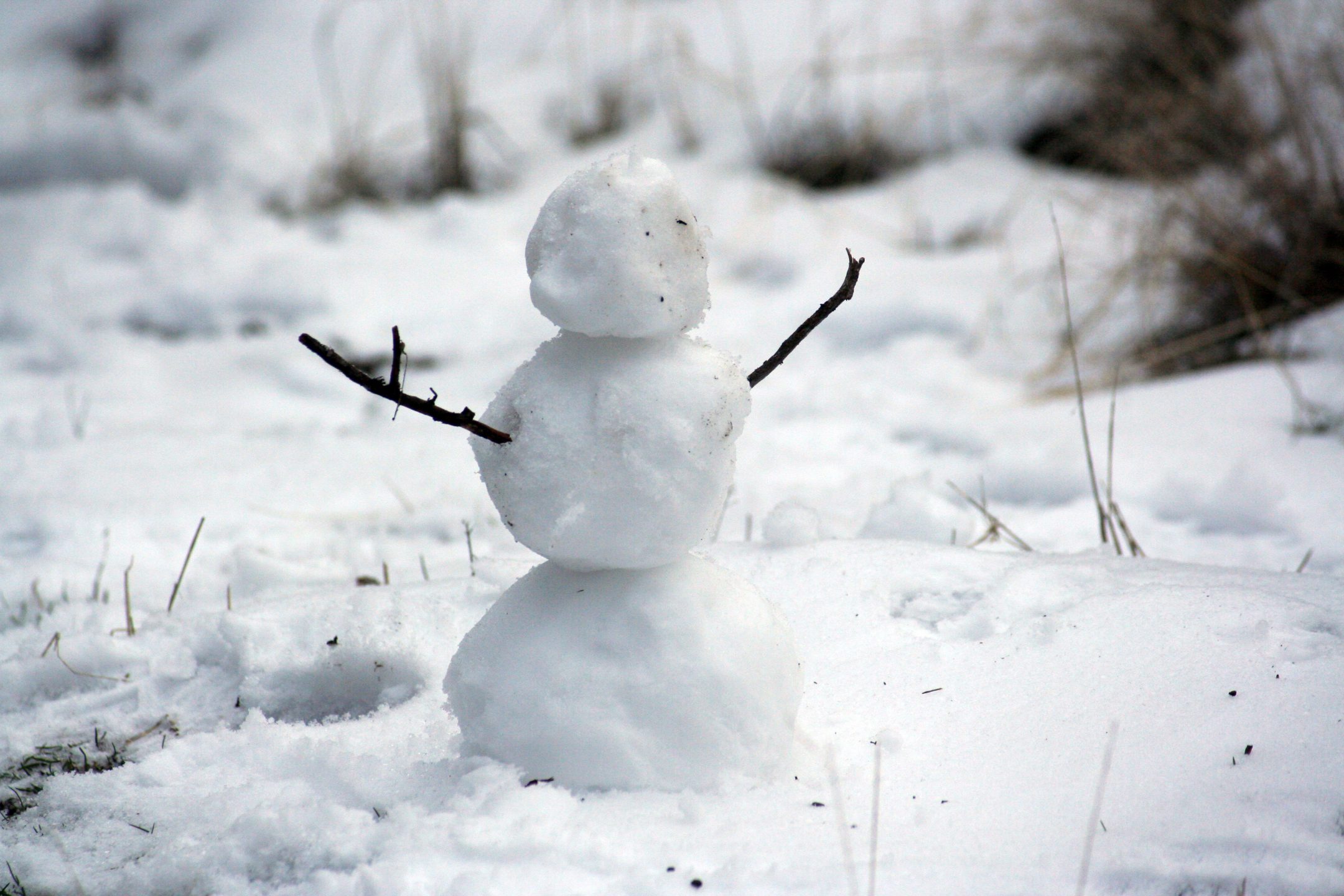For parents of young children, it is imperative that our children remain active and get outside and enjoy the fresh air throughout the long Alberta winter. We have provided a few tips to ensure that you and your children enjoy a safe and active winter. However, should an injury arise despite these safety tips, please contact the experienced personal injury lawyers at Cuming & Gillespie LLP for help.
ELIMINATE THE WINTER COAT
Although not wearing a winter coat during the increasingly cold temperatures in Calgary seems contrary to keeping a child safe, the extra padding does not work well with children’s car seats.
A baby car seat or toddler booster seat, to function properly, requires that the straps remain tight against the child’s chest. The extra padding of heavy winter coats and snowsuits can compress in a crash and create a lot of slack in the harness, thus increasing a child’s risk of injury or ejection.
To keep infants and young children warm in the winter, dress them in thin, insulating layers that do not add bulk (i.e. hat, mittens, and a thin fleece jacket), and use a blanket to cover them up over the straps of the car seat. With thin layers, the straps of the car seat can lay flat and snug against the child’s body. This allows the car seat to function in the way it was intended, and will keep a child safe and secure.
INVEST IN WINTER TIRES
Snow, ice, slippery roads, and other winter hazards cause car accidents in Calgary and throughout Alberta, resulting in serious personal injuries. Although winter tires are not mandatory in Alberta, Alberta Transportation does recommend that drivers install four winter tires when driving during the winter months. Investing in winter tires will increase your car’s grip in the snow and on cold, wet or icy roads.
Winter tires improve traction, reduce stopping distances, and provide better directional control in temperatures below 7 degrees Celsius.
Also, be sure that your tires remain properly inflated throughout the winter season. Tires lose a pound of pressure for every 5 degrees Celsius the temperature drops.
PACK AN EMERGENCY KIT
With children it is always best to be prepared for the unexpected. A winter safety kit should always be kept in the trunk of your vehicle.
The safety kit should include the following:
- Warm blanket;
- Flashlight and extra batteries;
- Gloves, hat, and warm socks;
- Flares;
- Windshield wiper fluid;
- Shovel;
- Ice scraper and snow brush;
- Booster cables;
- Traction material (i.e. kitty litter or sand);
- Non-perishable food and water; and
- A first aid kit.
USE A HELMET FOR WINTER SPORTS
Winter sports, like skating, skiing, hockey, snowboarding, and sledding, are fun for the whole family. But, these sports can come with risks and can result in serious injuries if precautions are not taken.
Insisting that your children wear a helmet while participating in these winter sports can reduce a child’s chances of suffering a head injury. Helmets cushion the head from impact with the ground and other objects. A Canadian Standards Association (CSA) approved helmet should fit properly and be designed for the sport your child plays.
OTHER SERIOUS RISKS FROM PLAYING IN WINTER WEATHER
Although children love playing outside in winter weather, there are several serious hazards that may be associated with this time of year and may result in injuries to those we love.
In general, children should not be allowed to play outside alone. Always have children look out for one another and check to make sure they are warm and dry. Look out for signs of frostbite, which may include red or pale skin, prickling, and numbness.
Advise children not to build snow forts or make tunnels. These can collapse and suffocate a children.
Encourage safe outdoor activities by reminding children to play at a good distance away from the road. Children should also be reminded not to play in or on snow banks and stay away from snowplows and snow blowers. A driver approaching a snowbank may not see a child covered in snow.
Sledding injuries can also be very serious, ranging from broken bones to trauma to the abdomen, head, or neck. It is always recommended that children wear approved safety helmets while sledding to prevent head injuries. It is also recommended that the sledding path is in a safe area to prevent collisions and that children always sit in a forward facing position (no head-first sliding).
Cuming & Gillespie LLP hope that you and your children enjoy a healthy and happy Canadian winter, and know that we are available should anything go wrong. If you or someone you love has suffered a serious personal injury this winter, contact our experienced personal injury lawyers at our office online or at 403-571-0555 for a free consultation. We look forward to helping you obtain the compensation that you deserve.

